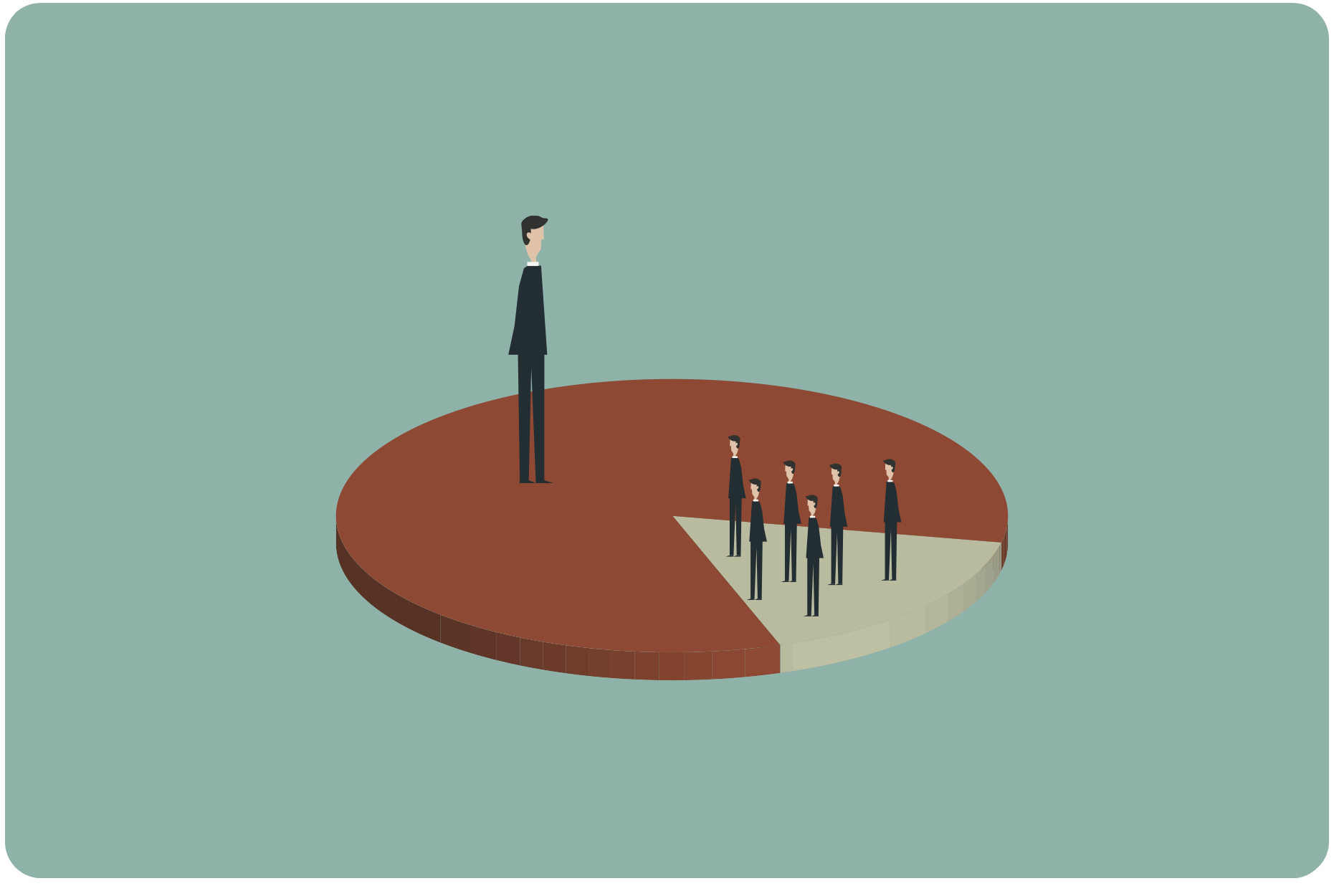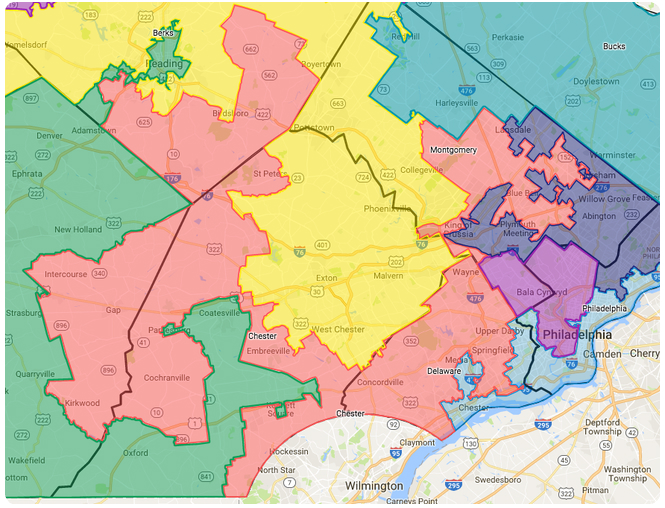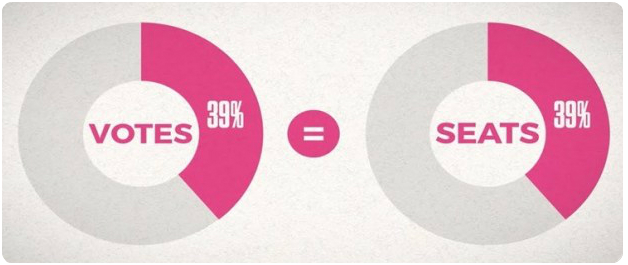THE AMERICAN ELECTORAL SYSTEM

How American Elections (Don’t) Work
Right now, almost 40% of American voters choose not to identify themselves with either major party, making independents the largest voting bloc in the country.
Despite this, every election year, Americans only have two major parties to choose from, and - in many cases - those races are uncompetitive to a degree where they either might as well only have one party running or, in some cases, actually do only have one party running.
Given the large number of people unaffiliated with either major party and the relatively low public opinion ratings for both, you have to ask, why haven’t third party candidates gained more traction?
The first-past-the post system
America’s system of elections is what’s known as a “first-past-the-post” system, where a candidate only needs to win one more vote than the second most popular candidate to take office. As a result, we have candidates and parties who are really good at getting that one more vote.
In systems like this, voters tend to vote for either of the two candidates most likely to win, as voting for any other choice is effectively throwing your vote away. It’s summed up by a principle known as Duverger’s Law, which you can read about here.
As a result, the two major parties don’t need to compete to be the best choice for voters but, in most cases, the least worst choice.

The Results
In this competition to be the lesser of two evils, both major parties have relied on tactics such as wedge issues (guns, abortion, etc) to solidify their partisan base and gerrymandering to put their thumb on the scales of elections while, at the same time, trying to be just appealing enough to the people in the middle not to lose.
What’s more, in a structure where partisan gimmickry and identity issues win elections, the accountability of elected officials is minimized. The results are as follows:
- Corruption - With wedge issues driving much of the political dialogue, legislators are free to represent the interests of their donors in a number of policy issues. It’s not uncommon to see business interests make contributions to both parties to gain access.
- Divisiveness and dysfunction - In a system where congressional districts are rigged so that one party is more or less guaranteed to win, the real election is the party primary, meaning those who appeal most to their party’s base - and, by that, those least likely to reach across the aisle - win.
- Low voter participation - The least biggest surprise in all this is that, in a system where people don’t feel adequately represented, people don’t vote. Polling from the 2018 midterms showed voter participation was at its highest among those registered with a major party and, even then, the voter participation rate was only 60%. Voter turnout declines as you get closer to the political center, bottoming out at around 33%.
Effectively, we have a system where representatives remove themselves from accountability by carving out safe seats in Congress, with that lack of accountability are allowed to serve monied interests, and simply place blame on the other party for being unable to produce effective policy.

There is a fix...
While institutions such as the Senate and Electoral College are designed to offset majority rule and ensure smaller states have a voice amongst larger, more populous ones, the House of Representatives was built specifically to represent popular opinion. With an approval rating hovering around 25%, they appear to be falling short of this mission.
If we focus on the House specifically, the issue responsible for much of the dysfunction is the fact that the number of swing seats - seats where a party stands a real chance of losing - have dwindled from around 100 in 1992 to 35 in 2012.
With both major parties responsible for the carving of congressional districts, they effectively choose their voters. Yet, nowhere in the Constitution does it say a congressional district needs to exist - it leaves the process of allocating representatives up to the states.
Eliminate the congressional district, and it becomes much harder for the parties to rig elections in their favor, meaning they need to serve the majority of voters, as was intended by the Constitution.
How?
Countries that have the highest level of satisfaction with their elected officials and which rank the highest in terms of transparency and fairness in elections all have proportional systems of representations - ones where a party receives a percentage of seats in the legislature that is proportional to its percentage of the popular vote.
Parties looking to gain office in countries with proportional representation need to understand what their constituencies want, as opposed to being able to appeal to their base and paint their opposition as less appealing than them.
Implementing a state by state system of proportional representation would put an end to partisan gerrymandering, incentivize politicians to move to the center as opposed to serving a hardened partisan base, and open the door for real third party representation.
